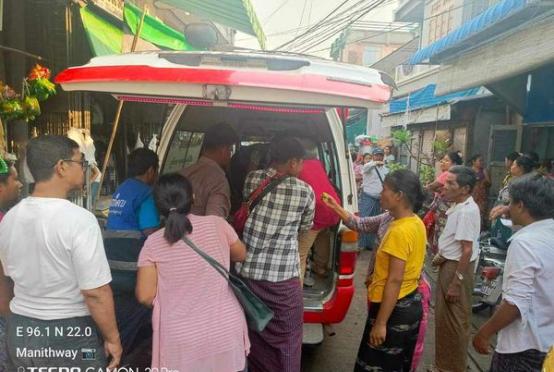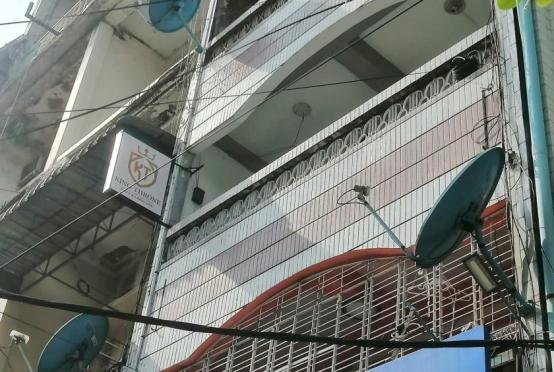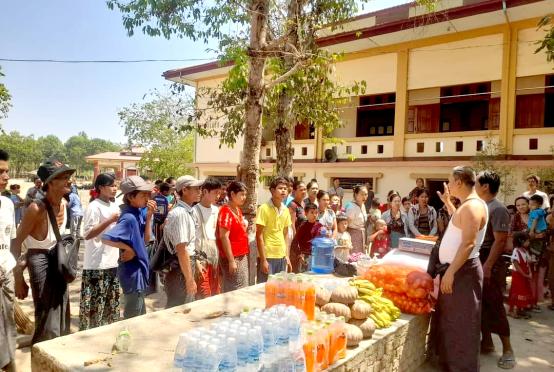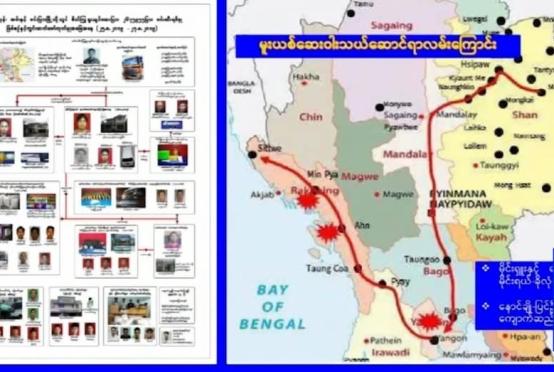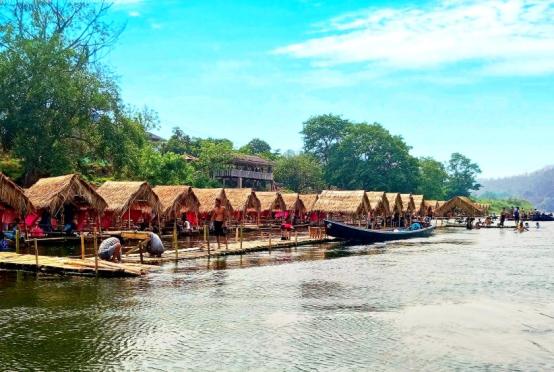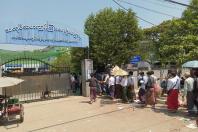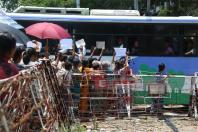by Editorial Desk
VIENTIANE (Vientiane Times/ANN) - The majority of Lao people eat sticky rice and it is the main staple of the Lao population throughout the country.
Over the years the price of rice grown in Laos has become higher and higher and there have never been any cuts in the price. The reason for this is that large swathes of rice-growing areas are often unable to produce expected yields, either because of prolonged dry spells or flooding. So some parts of the country are unable to grow sufficient rice and vendors take the opportunity of a shortage to raise the sale price. This is a situation that is described in the Lao proverb: “when there’s plenty of water, take it, because when there is none you can’t get any”.
In some years all areas of the country have a good harvest and are able to fulfil set targets, but even so the price remains high. This is because there is always high demand but low supply to meet the needs of local markets. This makes policy makers and ministries think about the fact that the cost of rice imported from Vietnam and Thailand is cheaper than rice grown in Laos.
A 12 kilogram bag of Grade B sticky rice imported from Vietnam costs 70,000 kip while the cost of Grade B sticky rice grown in Laos is 90,000-95,000 kip. Surely, rice grown in Laos should be cheaper than imported rice, whose price must also include transport costs and other things. Yet imported rice is cheaper, is of good quality, and is altogether better than the rice produced in Laos.
Some families in the provinces and in Vientiane eat sticky rice imported from Thailand because the price of that country’s Grade A sticky rice and non-glutinous rice is similar to the price of Grade A rice grown in Laos. But the difference in quality is significant.
The government, especially the ministries involved, should make an in-depth study of ways to make the price of home-grown rice cheaper than that of imported rice.
Almost all Lao people eat sticky rice as their staple food, but the price is high compared to other countries. It is well known that Laos is a land of sticky rice, but why does the price never get any lower?
If we grow more rice, surely the price should come down, especially as the government has cut the price of electricity for farmers and provided tax exemptions on fertiliser and other imported agricultural essentials. The price of rice grown here is very high compared to other countries, so how can Laos compete with its neighbours in the export market?
If Laos is a rice basket, the price should be low. If the price is low, it would help to lower the cost of living. The cost of living in all provinces Laos is currently very high - the same as the cost of living in Singapore.
If food here were cheaper, it would be good for tourism. More tourists would visit many parts of the country. Laos has untapped potential in the field of tourism which could bring great benefits in the future.
But the government must focus on lowering the price of sticky rice so that it is in line with people’s spending power and they are able to obtain sufficient quantities of this daily staple at an affordable rate.
Last month, the government approved the public sale of 2,000 tonnes of stockpiled rice to lower the market price after a shortage of supply meant the price rose by at least 20 percent above normal. The move was aimed at cutting costs for consumers and easing the hardship of people on low and medium level incomes.
If you have ideas to share, please send your thoughts to [email protected]


